How Many Watts in a Car Battery? (Calculator)
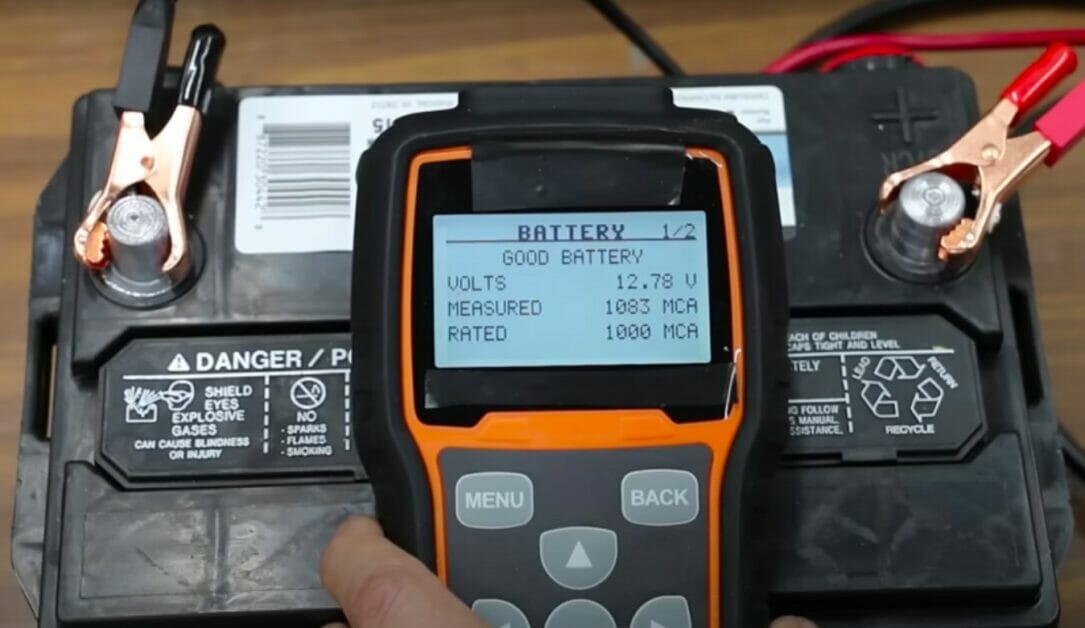
Most people only think about their batteries once it’s time to replace them. But getting to know your battery is the first step to properly maintaining it.
A typical 12-volt car battery contains around 4,000 to 8,000 watts. This huge difference in range is because the battery can have a different amp capacity. A better way of determining how many watts is in your battery is by computing it— done by simply multiplying the voltage by the amps.
Get to know your battery more by learning about its watts content and its importance.
How Many Watts are in Your Car Battery?
Most cars use 12-volt batteries to get the engine running, and these batteries typically range from 4,000 to 8,000 watts.
The 4,000 difference in watts isn’t something to be taken lightly. This vast difference is due to the specifications and intended usage of the battery. For example, RV boats and cars use 12-volt batteries, which may have amps and watts parameters to account for the engine requirements.
Due to the difference in the battery parameters, you can’t assume that all 12-volt batteries share the same amount of watts.
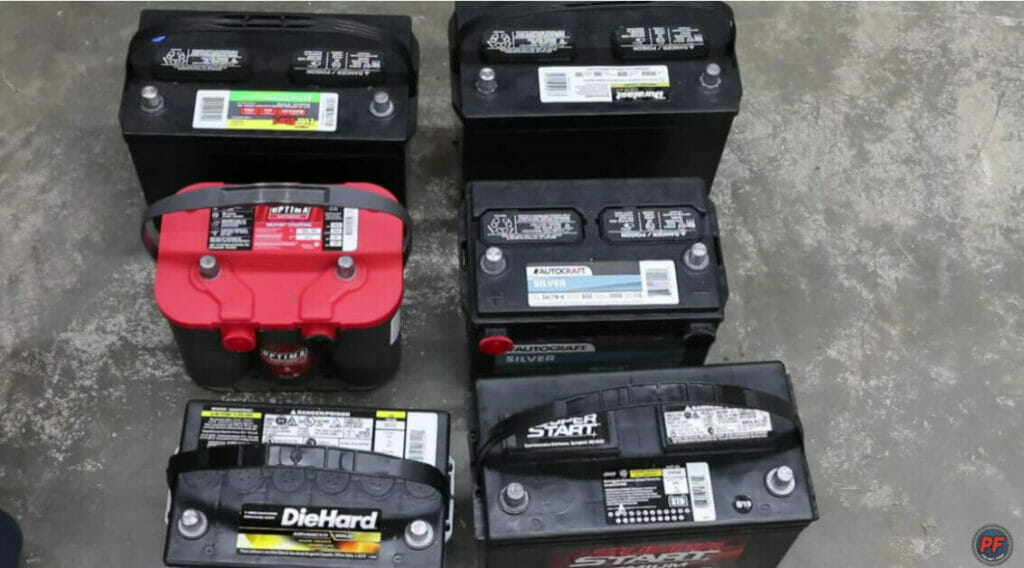
Most car owners depend on a “Volts and Amps to Watts” conversion table to determine their battery’s watts. However, the biggest challenge with this method is when the table contains different volts and amp values than you need.
Rather than looking at conversion tables, the best way to find out the watts of your battery is to calculate it yourself.
Calculating the Exact Watts of Your Car Battery
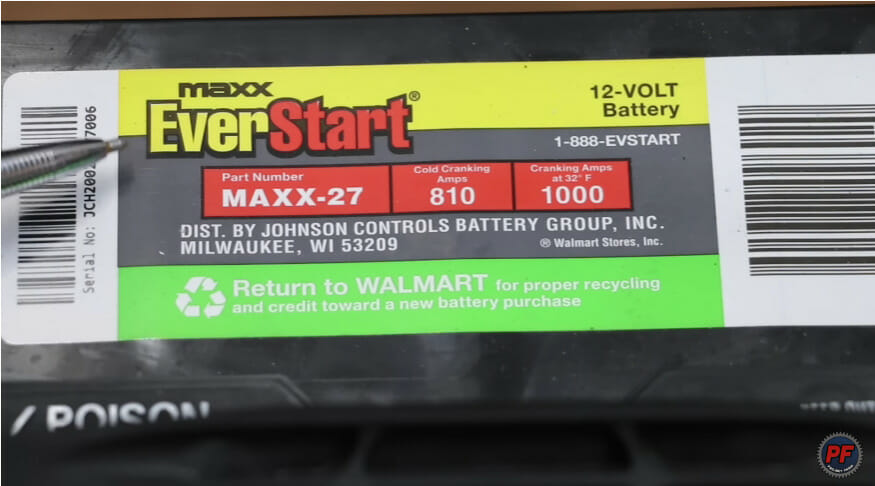
Calculating the watts output of your battery is as simple as multiplying the volts and amps together.
Watts (W) = Volts (V) x Amps (A)
A typical car battery has 12.6 volts and 105 amps. So, by following the formula above (12.6 x 105), it would have 1,323 watts.
The great thing about the formula is it’s based on Ohm’s law. You can use the same calculations on other devices like power inverters and transformers, which would still result in the proper watts value. Moreover, it’s easy enough that you can do it mentally or by using your phone calculator.
Using this simple formula is a simple yet effective way of finding the watts of your car battery.
As we said before, batteries have different parameters and specifications. A 12-volt battery may have an exact value of 12.6-volts and 600 amps, resulting in 7,560 watts – significantly different from the one we calculated before.
What are Watts?
Understanding the watts requirement before connecting a battery or power supply to any device is important.
Going by the technical definition, Watts or Wattage refers to the power of a device. Watts doesn’t necessarily mean electrical power. Rather, you can look at it as the rate of energy transfer needed for a device to work.
For example, a bedside lamp has a power requirement of 60 watts per hour (Wh). You must consistently supply 60 watts every hour for the lamp to work properly.
Why Do Watts Matter?
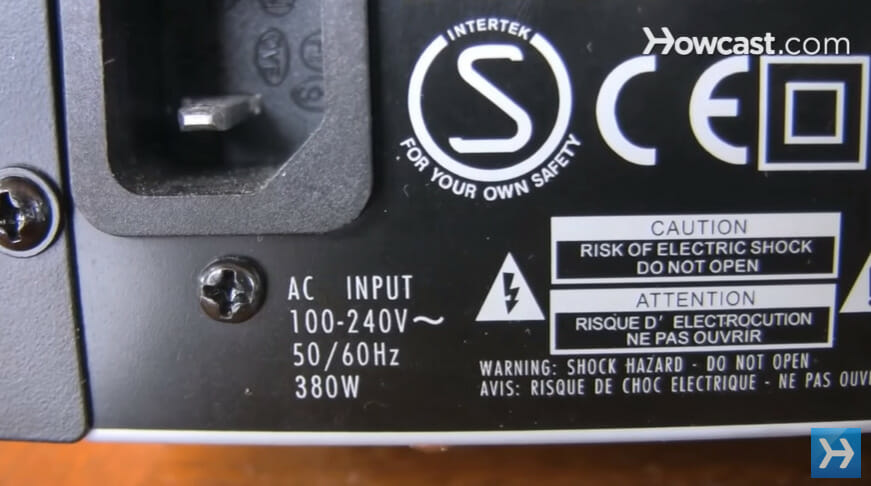
Watts matter a lot when it comes to the power requirements of a device. For cars, watts are important for starting the vehicle and feeding power to the various electronic parts.
Let’s go back to our lamp example. What if you didn’t know it needed 60 watts and connected it to a random power source? You risk causing the lamp to overload if you supply too many watts. On the other hand, the lamp won’t work or have dimmed lights if too few watts are given.
Luckily, you don’t need to worry about supplying too many watts since most modern electronics are safeguarded against overloading.
Let’s say you have a computer that needs 1,000 watts to work. Electricity is supplied by the computer’s PSU (power supply unit).
You can use 1,200 watt PSU to power the PC safely. The PSU will only provide the needed amount and disregard the excess. However, using 650 watts or lower PSU will cause some of the computer’s components to fail.
The main takeaway here is that it’s alright to provide more watts than needed. However, supplying less than required prevents the device from working properly.
How Much Watt Does Your Car Need?
Wattage is trickier when it comes to cars since you need to consider the engine and the electronics system.
Car batteries work as starter batteries and deep-state cycle batteries. The former is more concerned with providing enough power to start the engine after turning the ignition key. In comparison, the latter is focused on providing power to the various electronics of the car, such as the headlights, brake lights, and stereo systems.
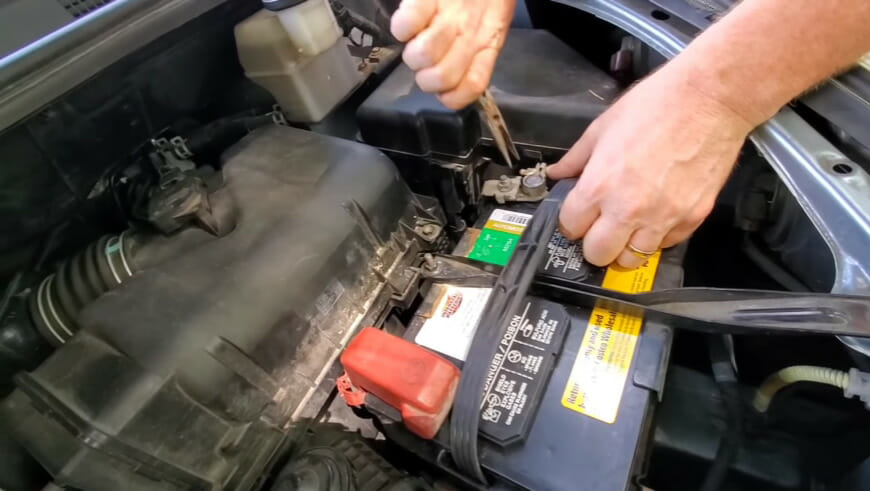
Fortunately, the engine is more concerned with the overall voltage of the car rather than the wattage.
Watts has a bigger impact when it comes to car electronics and accessories.
You’ll likely find your car’s exact battery requirements in the manual. It may not always include the watts value but will specify the voltage and amps. However, this is only applicable if you’re using the standard electronics and accessories that come with the car.
Changing or installing a new car’s electronics may increase or decrease its required battery watts. In those cases, you’ll need to compute the battery requirement yourself.
When to Recharge Your Car Batteries
All batteries will eventually run out of juice, but regularly charging them.
New cars have a “Low Battery” indication on the dashboard, but older ones combine the low battery warning with the “Check Engine” indication.
For the latter’s case, check whether the lights (headlights, brake lights, and interior lights) are dimmer than before. If they are, then your batteries are due to be recharged.
What to Consider When Choosing a Car Battery

Car batteries aren’t something you can blindly pick from store shelves. There are a lot of factors to consider when it comes to picking the right battery for your car.
Battery Requirements
Before choosing a car battery, you must look carefully at both voltage and ampere (amps) values.
Take a 12-volt battery, for example. Its amp hour (Ah) capacities vastly range from 1 Ah up to 3,000 Ah— this means that the watts also range from 12 to 36,000 watts.
On paper, those huge differences in amps may seem like a stretch, but this is actually because of the intended use for each one. Depending on the application and your location, you may need batteries with lower or higher capacities.
However, cars need to know the exact battery requirements of the car— particularly the voltage. You can exceed the requirements of amps and watts, but you must strictly adhere to the needed voltage.
Battery Type
The two most common battery types out there are Lithium-Ion and Lead-Acid Batteries.
Lithium-Ion batteries are used to power electric and hybrid cars.
Lithium-Ion is lightweight, rechargeable, and low maintenance. More importantly, these batteries have a high capacity while retaining a low self-discharge rate. This gives electric and hybrid cars their distinctive quiet engines.
Lead-Acid batteries are the tried and tested battery type for gas-type cars.
Lead-Acid batteries come in an assortment of power capacities and sizes that are also rechargeable. Furthermore, Lead-Acid batteries usually have a low price point. With all those packaged together, it’s no wonder these batteries remain the battery of choice for most manufacturers.
Bottomline is you should always research the proper battery type for your car beforehand. These are a key part of your car’s ignition system and are responsible for all the power the car needs.
Car Accessories and Their Specifications
You may need a battery with higher amps and watts capacities if you added new accessories to the car.
By accessories, we don’t mean hanging a new fuzzy dice on the rearview mirror. We’re referring to any new lights or speakers you added to the car. These accessories may use more power than the standard ones previously installed on your car.
Technically, these aren’t significant enough to have a big impact on deciding on what battery to get. However, you risk the battery running out faster if you don’t use the right size and capacity to support the accessories.
A good rule of thumb is switching to a higher battery capacity if upgrading to more powerful accessories. Doing so allows the battery to keep up with the higher demands without compromising the energy allocation for the engine and other important components.
Be careful with buying a higher battery capacity, especially regarding the voltage.
Don’t upgrade from a 12-volt battery to a 14-volt one if you did not replace the engine. Instead, look for a 12-volt battery with a higher amps and watts capacity. A good way to remember this is: volts are for the engine, and amps and watts are for everything else.
References
Ohm’s Law – Britannica. https://www.britannica.com/science/Ohms-law
Unit 4: Energy Through Our Lives- Part II – University of Wisconsin. https://www3.uwsp.edu/cnr-ap/KEEP/nres633/Pages/Unit3/Section-F-Watts.aspx
Video References
Project Farm
Howcast
Dad, how do I?
Advance Auto Parts
